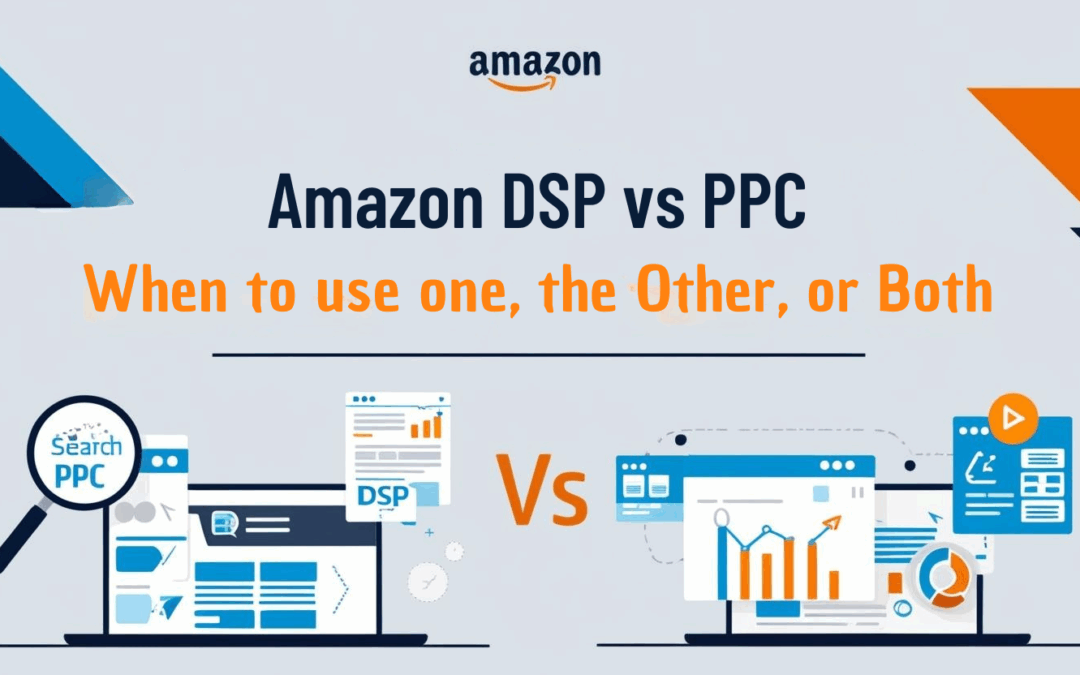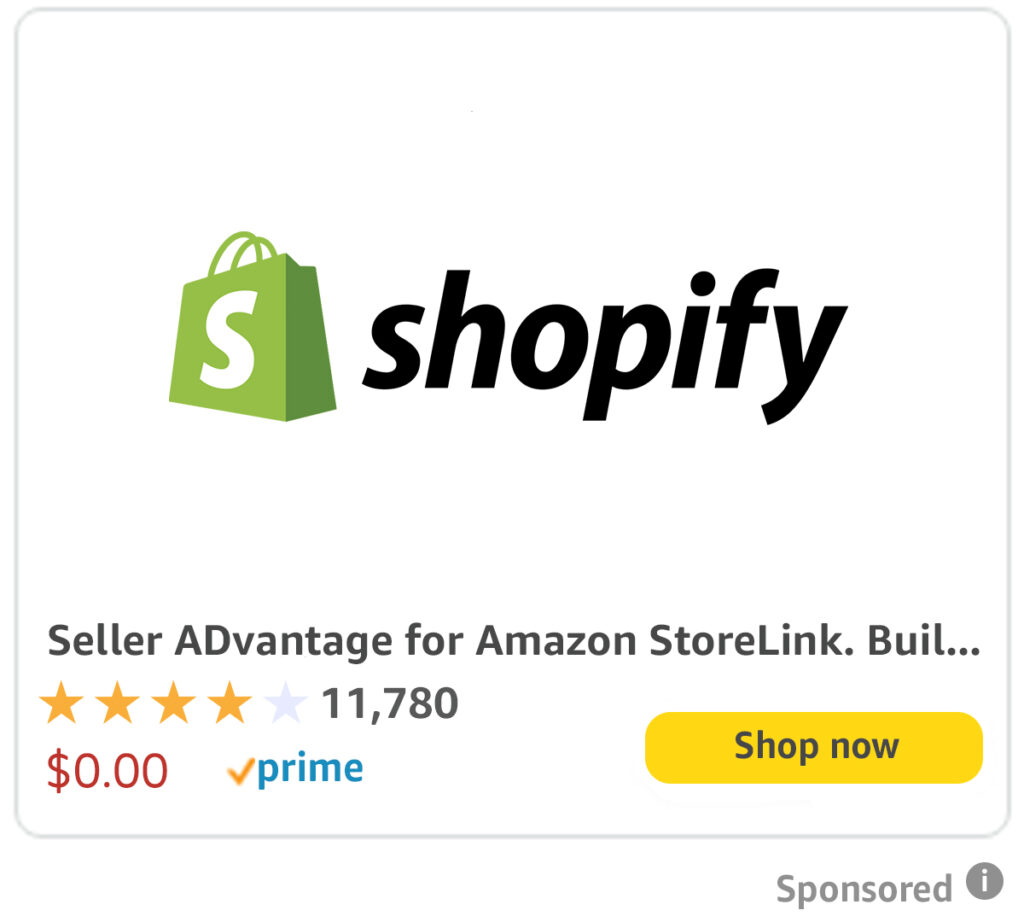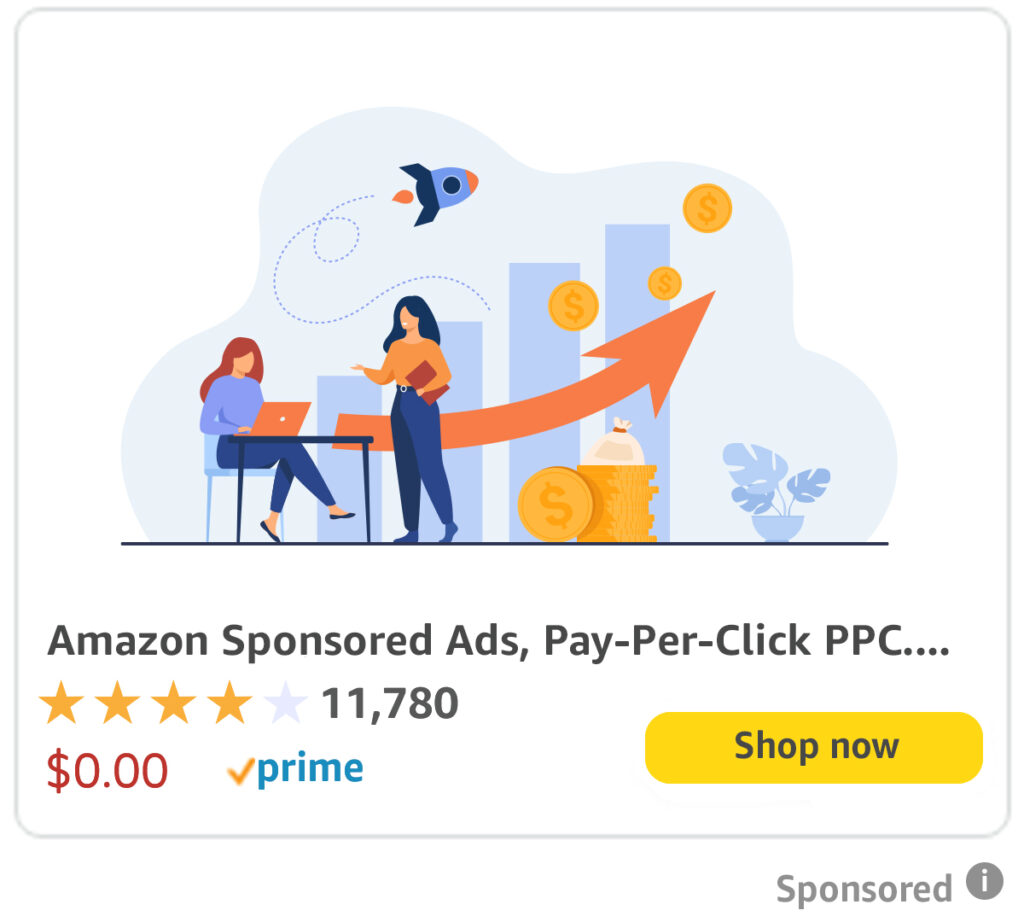Read More
Step-by-Step on SellerADvantage.co.uk
Read on LinkedIn
Read on Medium
Watch on YouTube
Amazon DSP vs. PPC: When to Use One, the Other, or Both
Navigating the digital advertising landscape on Amazon can feel like charting unknown territory. Sellers have long relied on Pay-Per-Click (PPC) campaigns to boost visibility and capture high-intent shoppers. Yet for those seeking to expand their reach beyond the confines of the marketplace, Amazon’s Demand Side Platform (DSP) offers a complementary approach. In this introduction, we’ll outline why understanding the distinctions and synergies between these two channels is essential for any serious seller.
PPC campaigns allow advertisers to bid on keywords and display ads directly within Amazon’s search results and product detail pages. This method excels at capturing ready-to-buy customers. In contrast, Amazon DSP leverages programmatic ad buying to serve display and video ads both on and off Amazon, targeting audiences based on their browsing behavior, purchase history, and demographic profiles. By combining first-party shopper data with advanced targeting algorithms, DSP opens doors to brand awareness and retargeting opportunities that extend far beyond keyword-driven tactics.
However, deciding when to deploy PPC, DSP, or a mix of both depends on your objectives, budget, and growth stage. Are you launching a new product and need immediate sales velocity? Or do you aim to cultivate long-term brand affinity and recurring customers? As we delve into three critical action points, you’ll gain clarity on matching each platform’s strengths to your overarching marketing goals, maximizing returns while minimizing wasted spend.
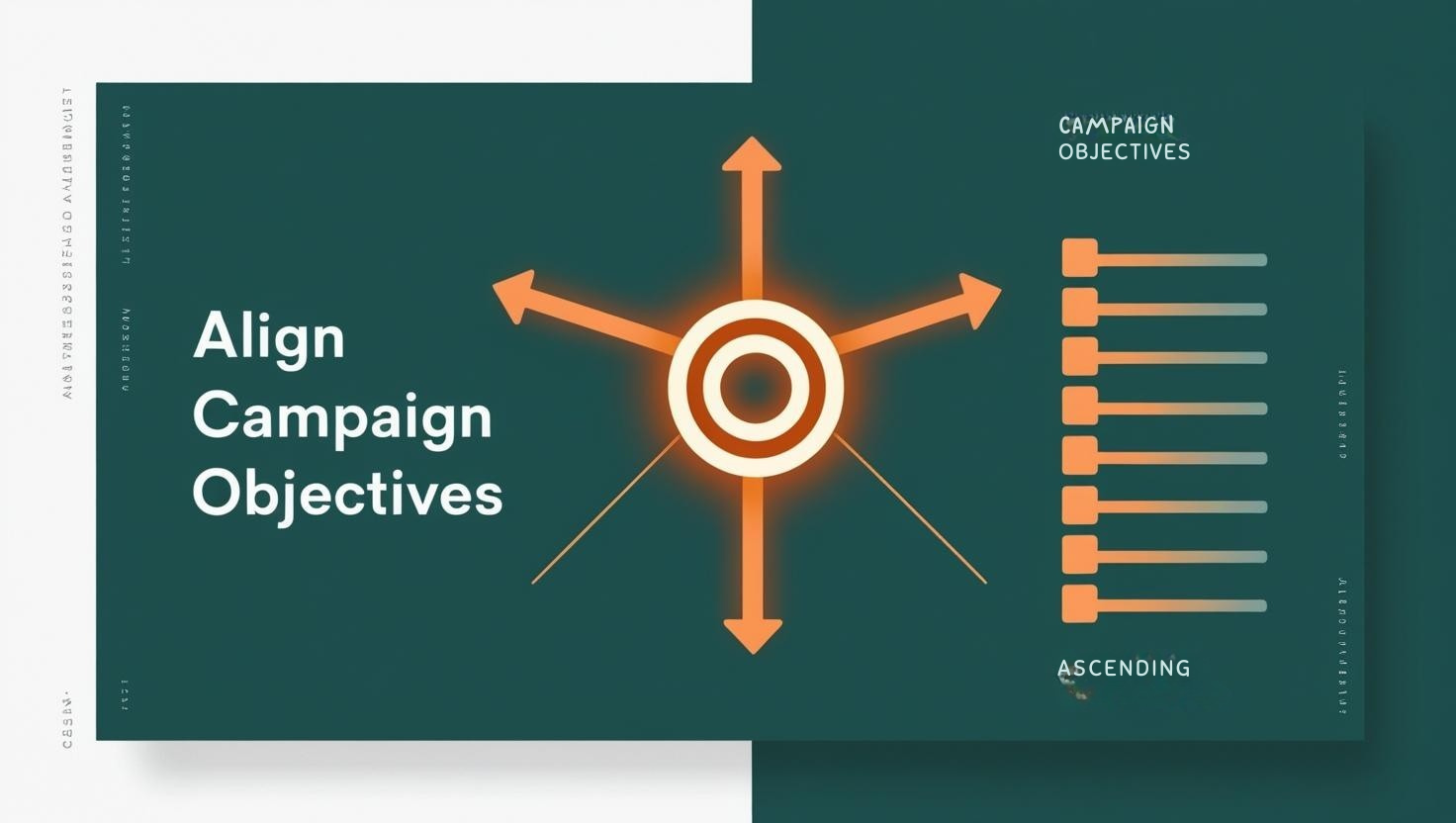
1. Align Campaign Objectives with Platform Strengths
Before allocating budget, define your priority: immediate conversions or broader audience engagement. PPC should be your go-to for driving direct sales from shoppers actively searching relevant keywords, making it ideal for product launches and clearance events. Conversely, DSP shines when you want to build brand recall through rich media or retarget past visitors who didn’t convert—especially when you have multiple SKUs in your catalog. By mapping specific objectives—like “increase top‐of‐funnel awareness” versus “boost add‐to‐cart rate”—to the channel most suited to each, you avoid dilution of spend and ensure every pound works toward a clear KPI.
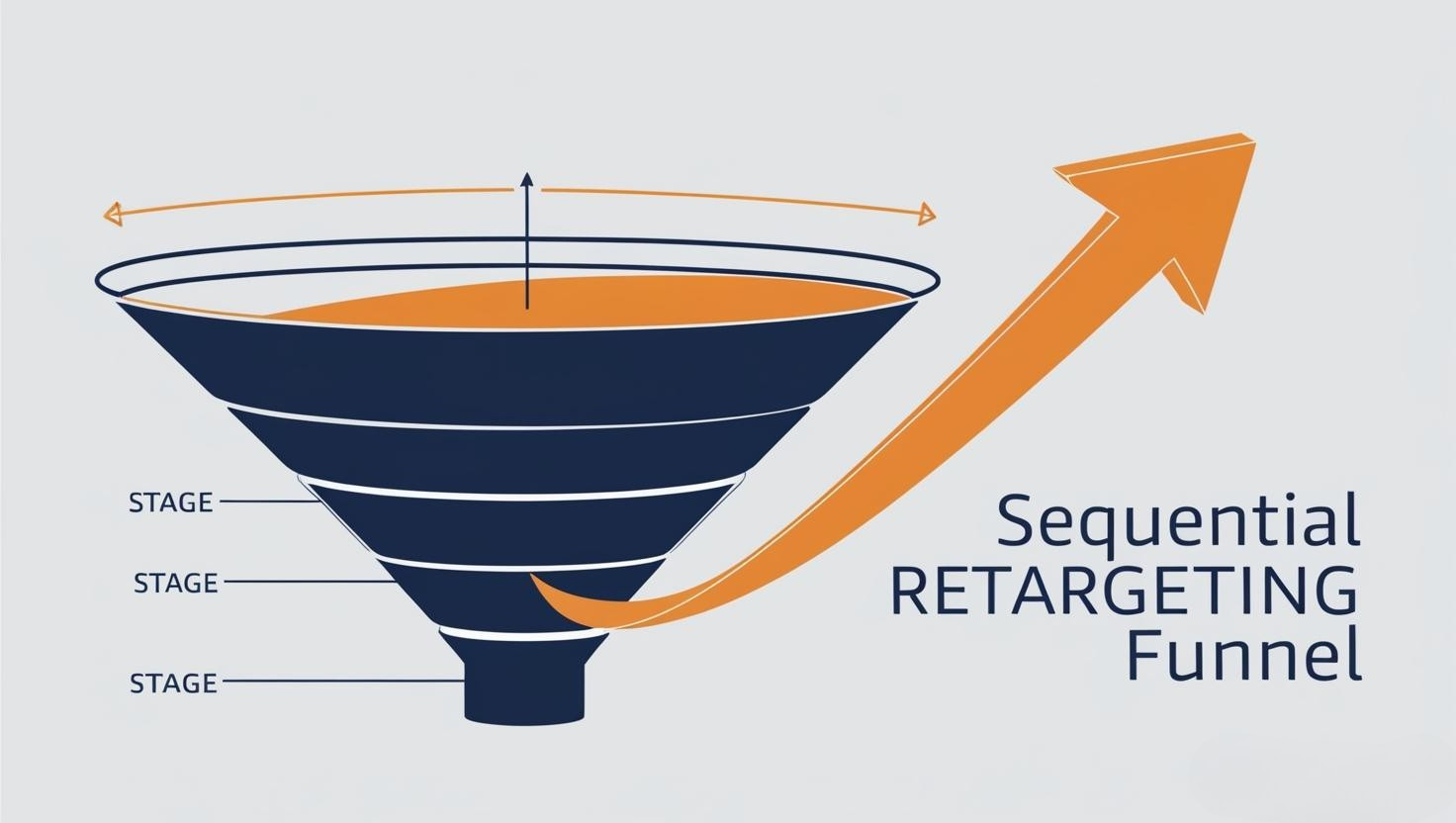
2. Leverage Sequential Retargeting for Maximum Impact
Combining PPC and DSP in a sequential funnel can dramatically improve campaign efficiency. Start with PPC to capture high-intent traffic by bidding on exact-match and phrase-match keywords that reflect clear purchase intent. Once users click through but don’t convert, switch to DSP for retargeting display or video ads that remind them of the product’s value proposition. This sequential approach reduces overall ACOS by lowering the reliance on aggressive keyword bids while nurturing buyers through multiple touchpoints. Track impression-to-click and click-to-purchase ratios at each stage to refine audience segments and optimize bid strategies on both platforms.
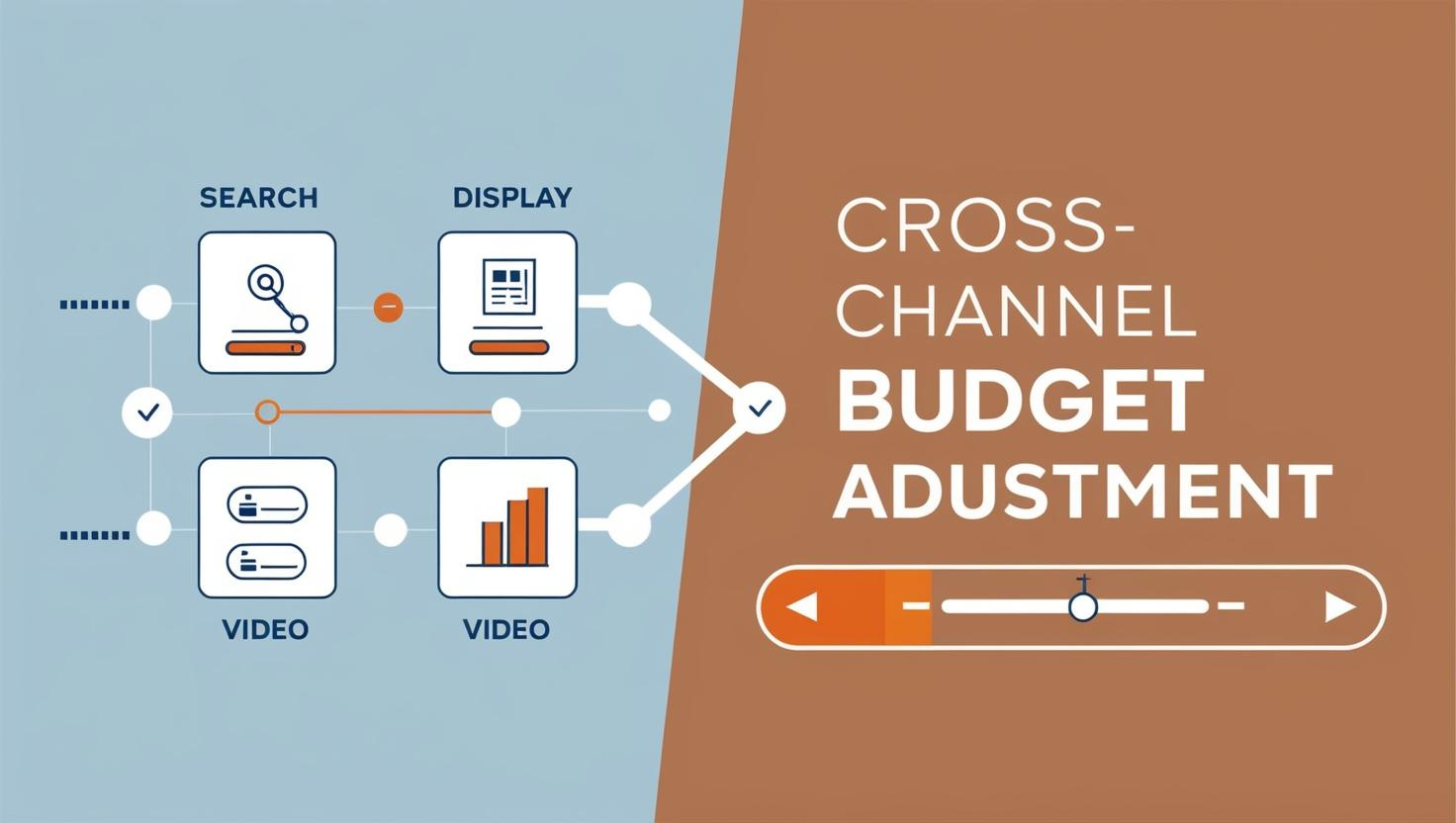
3. Monitor Cross-Channel Attribution and Adjust Budgets Dynamically
Effective use of both PPC and DSP requires a robust attribution framework. Amazon’s attribution reporting, combined with third-party analytics tools, can reveal how display ads influence later-search conversions and vice versa. Set up custom dashboards to compare metrics like view-through conversions, click-through rates, and cost per acquisition across channels. If DSP-driven awareness campaigns consistently lead to higher-quality PPC clicks, consider shifting budget toward additional display placements. Conversely, if certain DSP segments underperform, pause them and reinvest in high-yield keyword groups within your PPC portfolio. Dynamic budget reallocation ensures you capitalize on emerging trends and continuously improve your overall return on ad spend.
Choosing between Amazon PPC and DSP—or harmonizing both—hinges on a clear understanding of each channel’s capabilities. PPC offers precision and immediacy, capturing shoppers at the exact moment of search. DSP, on the other hand, facilitates brand storytelling and retargeting across a wider digital ecosystem. When used in tandem, they form a full-funnel strategy that drives performance at every stage of the customer journey.
As you evaluate your next advertising cycle, remember to articulate specific goals, implement sequential retargeting flows, and invest in cross-platform attribution. These three action points will guide you toward a balanced media mix that maximizes reach without sacrificing return on investment. Continuous testing and data-driven adjustments are the keys to uncovering the optimal spend allocation between PPC and DSP.
Ultimately, the most successful Amazon advertisers don’t view PPC and DSP as competing options but as complementary tools. By aligning each channel with its unique strengths and measuring the customer journey from awareness to final purchase, you’ll unlock new growth opportunities, reduce wasted ad dollars, and build a more resilient brand presence—both on Amazon and beyond.
Any follow helps us out a lot – Thank-You!
If you like this article and want to explore further insights, discuss collaborative opportunities, or simply connect, please feel free to reach out to me on any of the following :
Work With Us
Hire Us on fiverr
Hire Us on upwork
🔴Book a FREE PPC Audit🔴


